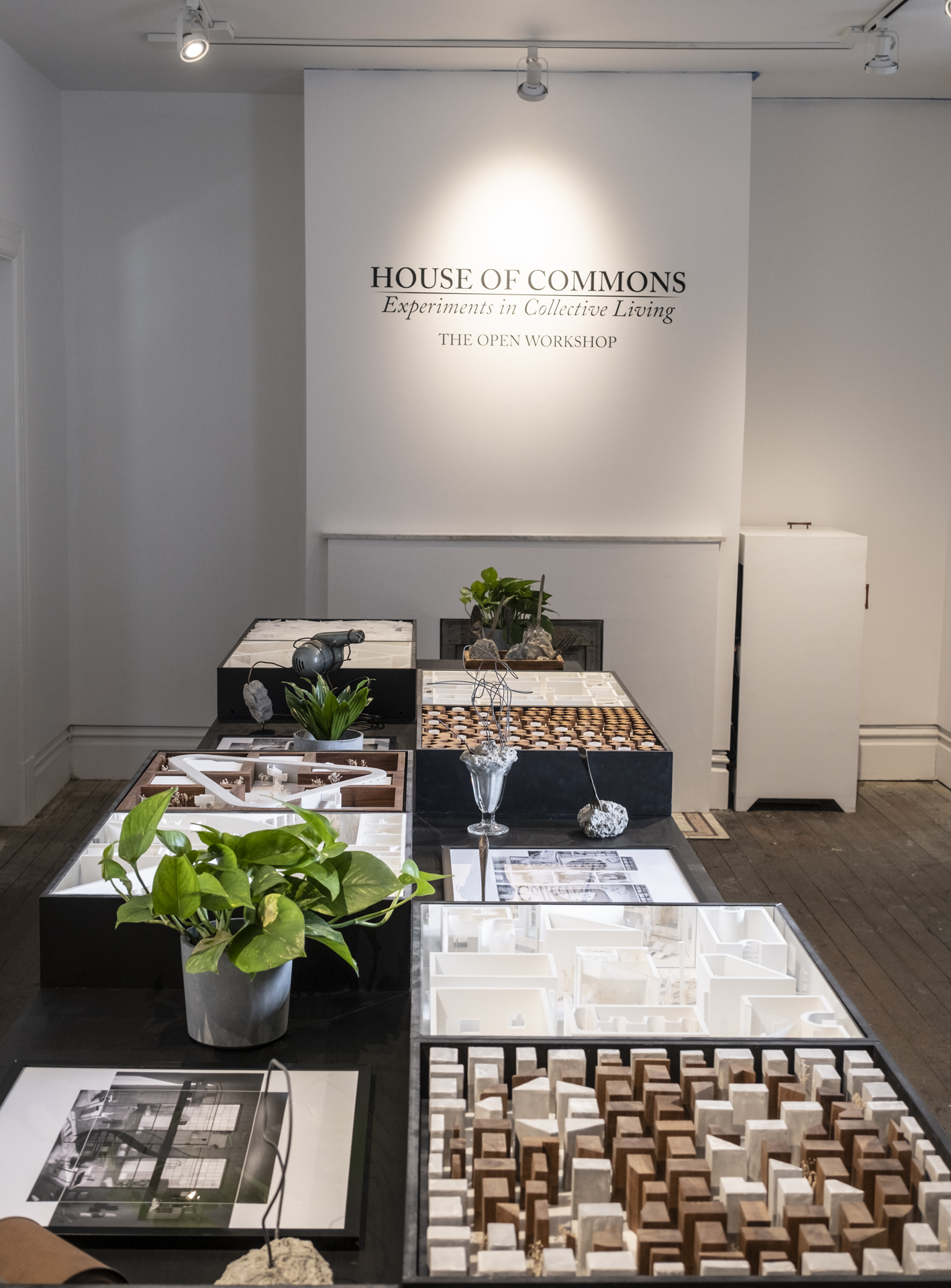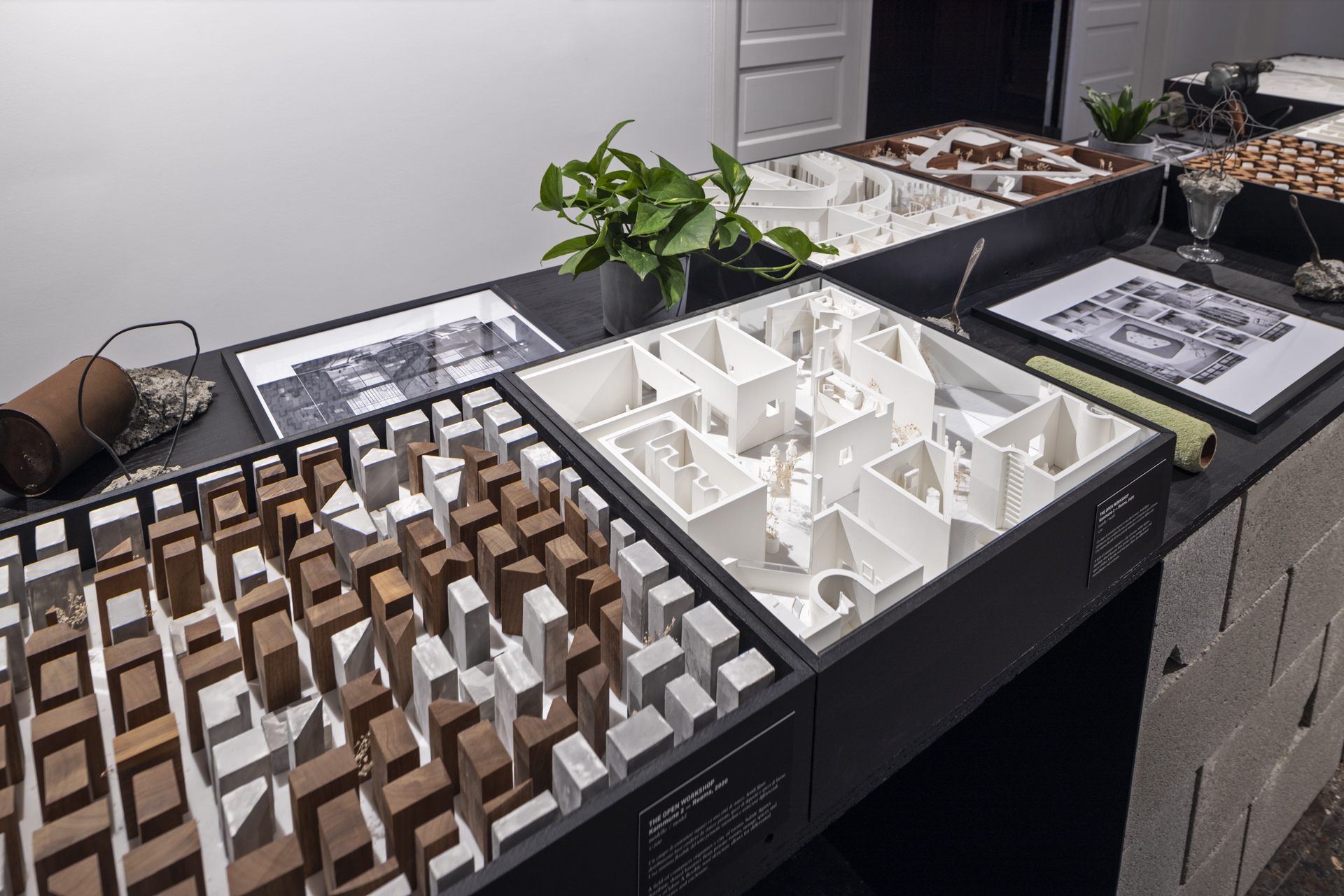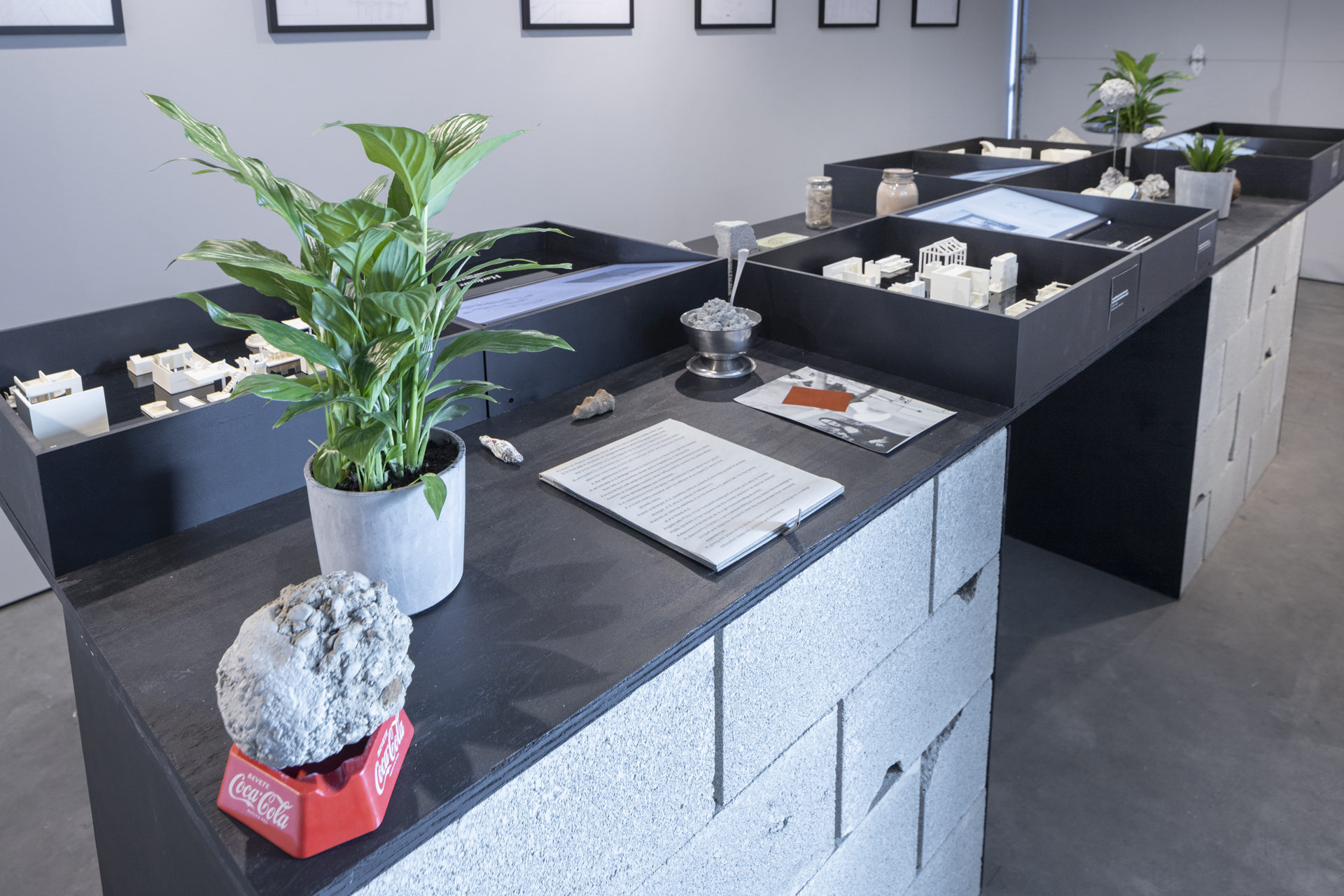How and where to locate our collective values are at the core of reconciling what it means to live in a pluralistic society. If we understand pluralism as the dialectic of individual distinction and collective equality, the public realm becomes the arena for political negotiation. How individuals and collectives are mediated through architecture is most clearly manifested in collective housing typologies, where a renegotiation between public and private realms offers new social and spatial arrangements. House of Commons uses a series of case studies and speculative design proposals to reveal new forms of agency and power that are produced when people live together. A series of physical models and drawings are arranged alongside artifacts selected from the David Ireland archive that interrogate domesticity of everyday life through defamiliarized objects.
Living together is difficult—it requires sacrifice, patience, and flexibility. Moreover, sharing space with others is predicated on an ability to assert identity and lay claim over private territory. Creating a closer fit between the physical form of domestic space and its social and governance structures requires an in-depth examination of spatial strategies and of the process through which they are produced. Most importantly, the projects presented in House of Commons center on the building, maintenance, and governance of a domestic commons, which has offered meaningful social units around shared activities, institutions of culture, care, community, and empowerment.






